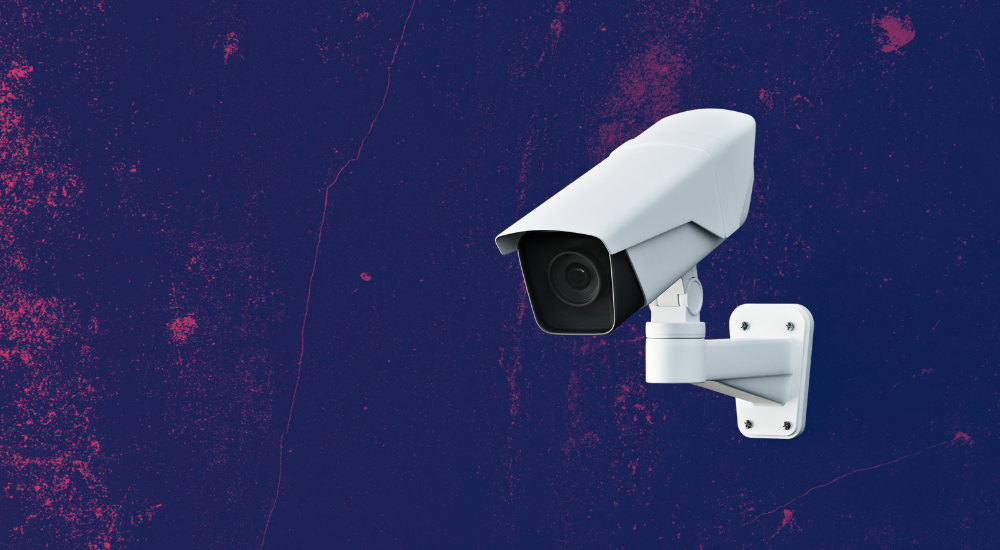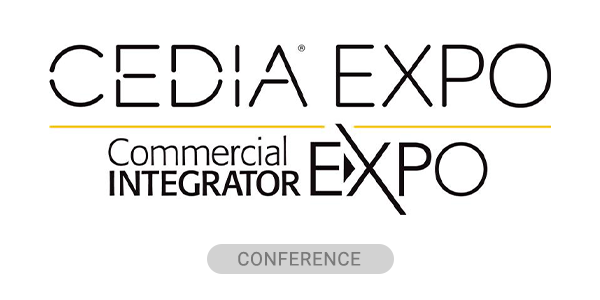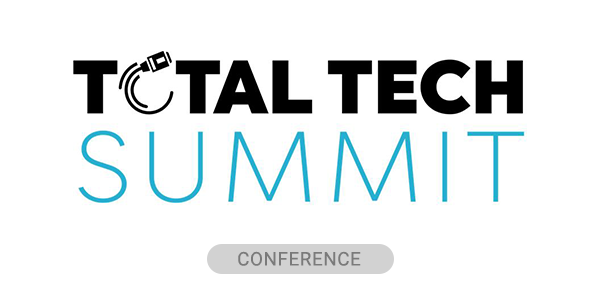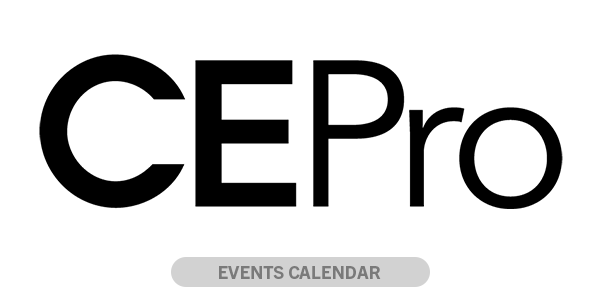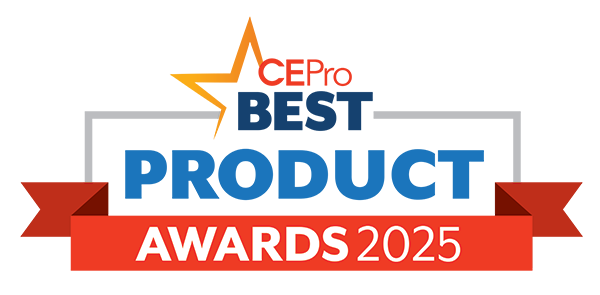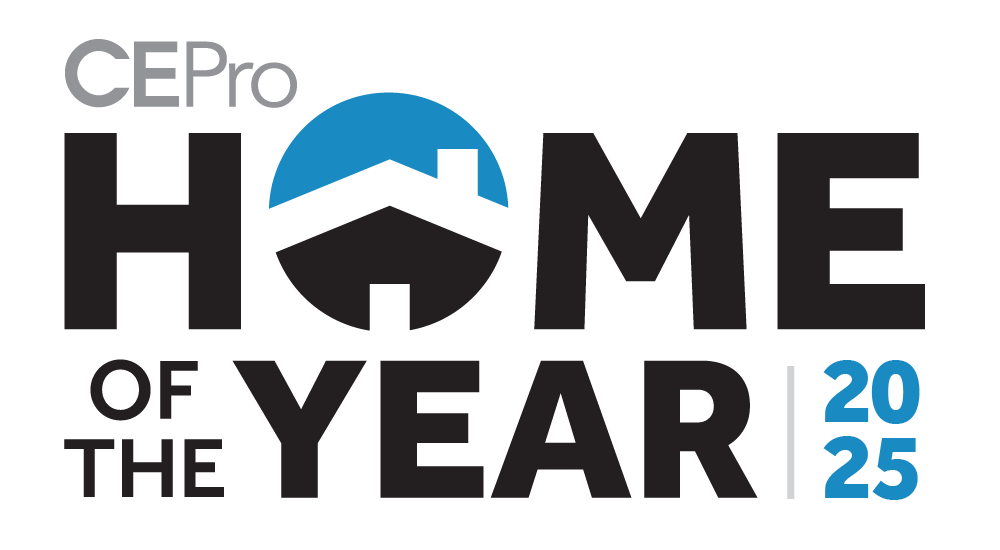According to trends seen in a recent survey data run by U.S. News, American homeowners are increasingly investing in home security systems not as defensive tools (though many still see their value in defending the home) but as lifestyle additions that contribute to peace of mind.
The Current State of Home Security
Starting off, the survey (conducted in August 2025 and tapping into the perspectives of 1,200 U.S. adults) found that 52% of respondents had taken specific actions or altered daily routines because of ongoing safety concerns.
More than half of respondents (59%) reported having one security measure place at that moment, while another 41% reported having more than one.
It’s not like those systems are ‘set-it-and-forget-it’ either. According to the survey, 61% of homeowners regularly check their home cameras multiple times a day.
The concerns are so great that 50% of homeowners currently believe that security systems should be mandatory in all newly built homes. Additionally, 54% said they have even considered buying a security system for a family member for that added peace of mind.
Why the Concern?
According to the FBI Crime Database, a home burglary occurs once every 25.7 seconds in the United States, though that’s an average, meaning depending upon where someone is living, the possibility of their home being targeted might be higher or lower.
Turning back to the report, these three statistics stood out:
- 35% of respondents stated they were the victims of burglary or an attempted break-in.
- Of that group, 78% of them stated they invested in a home security system following the break-in.
- 29% of respondents said they have caught a package thief via a security monitoring system.
The ‘Peace of Mind’ Economy
Those numbers don’t match up cleanly with the 52% mentioned earlier, however, so while personal experience does play a role in these decisions, the most significant factors come down to peace of mind and control over one’s personal environment.
As per the survey:
- Nearly half of respondents (48%) said their primary motivation for installing a security system was peace of mind.
- Protection against burglary and theft accounted for 29%.
- Only 10% installed systems with the express purpose to deter intruders.
There’s also a smaller subset of people who specifically purchased security or video surveillance systems to monitor specific aspects of their lives:
- 5% did so to monitor children/pets.
- 4% did so to monitor package deliveries.
Are People Becoming More Comfortable with Surveillance?
If they’re the one’s doing the surveilling, then yes, although many in the survey also said they’d feel more comfortable in their home if they knew their neighbor had surveillance cameras. Part of the survey also looked at how sentiments around surveillance have changed over the years and for many, that sentiment has gone up.
- 90% said it’s fine to monitor the front porch for packages (up from 75% in 2022).
- 70% said it’s fine to monitor the neighborhood for any suspicious activity (up from 63%).
- 64% said it’s fine to monitor people in their home (up from 49%).
What Are Homeowners Looking for in Home Security Systems?
In so few words: visibility. Outdoor security cameras dominate public interest, with the survey revealing 62% of respondents had them installed in homes, with video doorbells trailing in at 56%.
There’s also the fact that 41% of respondents said visible security cameras would make them feel more secure in their home. This doesn’t even strictly apply to the homeowner’s property. According to the survey, 84% said they would feel safer in their home if their neighbors installed security cameras.
Of this group, 39% said they would feel ‘significantly safer.’
Where Other Devices Lie
After that, other devices are mildly popular but see a sharp drop off:
- Only 36% of respondents reported using indoor cameras.
- 31% said they had smart locks installed.
- 17% professed to having a guard dog.
Professional vs. Self-Monitored Systems
Meanwhile, 35% of respondents said they used professionally monitored alarms as part of their home security system. While that does seem to match roughly with the 62% that said they regularly monitor their surveillance feeds, only 32% of respondents in the survey said they exclusively rely on self-monitoring.
In general, there is still hesitation from homeowners on the professional monitoring front. While nearly half (49%) say that 24/7 professional monitoring is essential, there is still a lingering hesitancy regarding the security behind who is monitoring the feeds.
In fact, 37% said that privacy and data breaches are top concerns among those introducing new security products into the home, highlighting an opportunity (an a necessity) for providers to provide stricter cybersecurity practices as part of a broader home security package.
Integration with the Smart Home
This is where smart home and connected home ecosystems start to enter into the picture, as certain security systems (like Ring) offer these platforms that tap into community engagement and awareness.
- Neighbors by Ring allows alerts to be shared between devices within a set radius, catering to that desire for neighborly surveillance.
Beyond that however, 68% of respondents said remote access to their home security via app is essential. The features that they’re looking for include:
- Viewing camera feeds,
- Managing automation routines,
- And controlling equipment remotely.
Home Security Trends and Takeaways
Several trends throughout the survey indicate that home security systems are increasingly seen as lifestyle and smart home components rather than purely defensive tools.
Frequent camera monitoring, automation, and community engagement now play central roles in residential safety, giving peace of mind to many homeowners.
Granted, that peace of mind relies on the systems working without a hitch, as any gap in surveillance is an open door for a potential threat. And since these are being viewed as lifestyle accoutrements, that means even more value lies in being able to incorporate these into other lifestyle systems through smart home automation.
Similarly, confidence in who is installing or monitoring the system is a significant factor in adoption as well, given that uncertainty over data security continues to hold people back from using more professionally managed services.
This leaves those who are not only able to provide a secure, managed service, but also appropriately convey the safety and security of their product to the homeowner to reap the greatest rewards when servicing clients today.
Methodology
The survey included 1,200 U.S. adults ages 18 and older. Respondents were evenly split by gender and all reported having one or more home security measures in place. Responses were weighted to accurately reflect the U.S. population.
